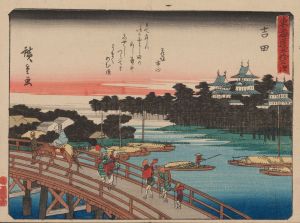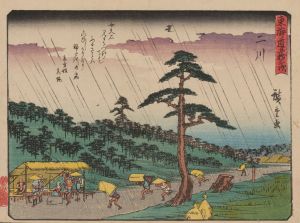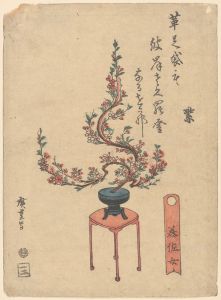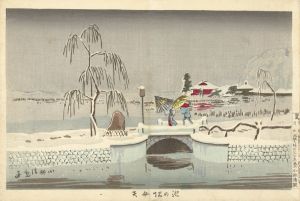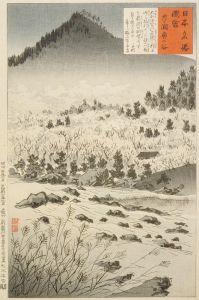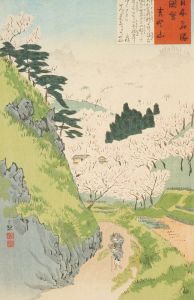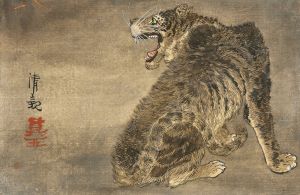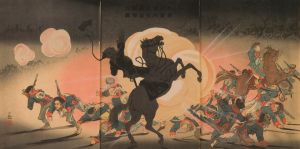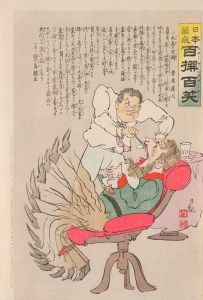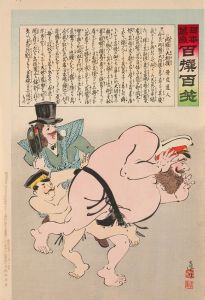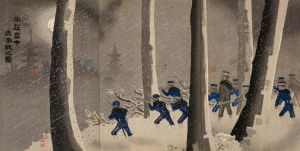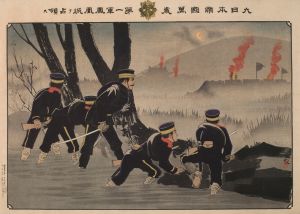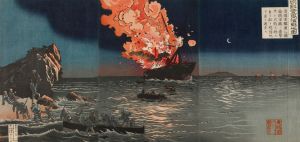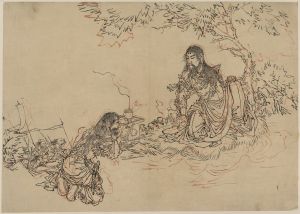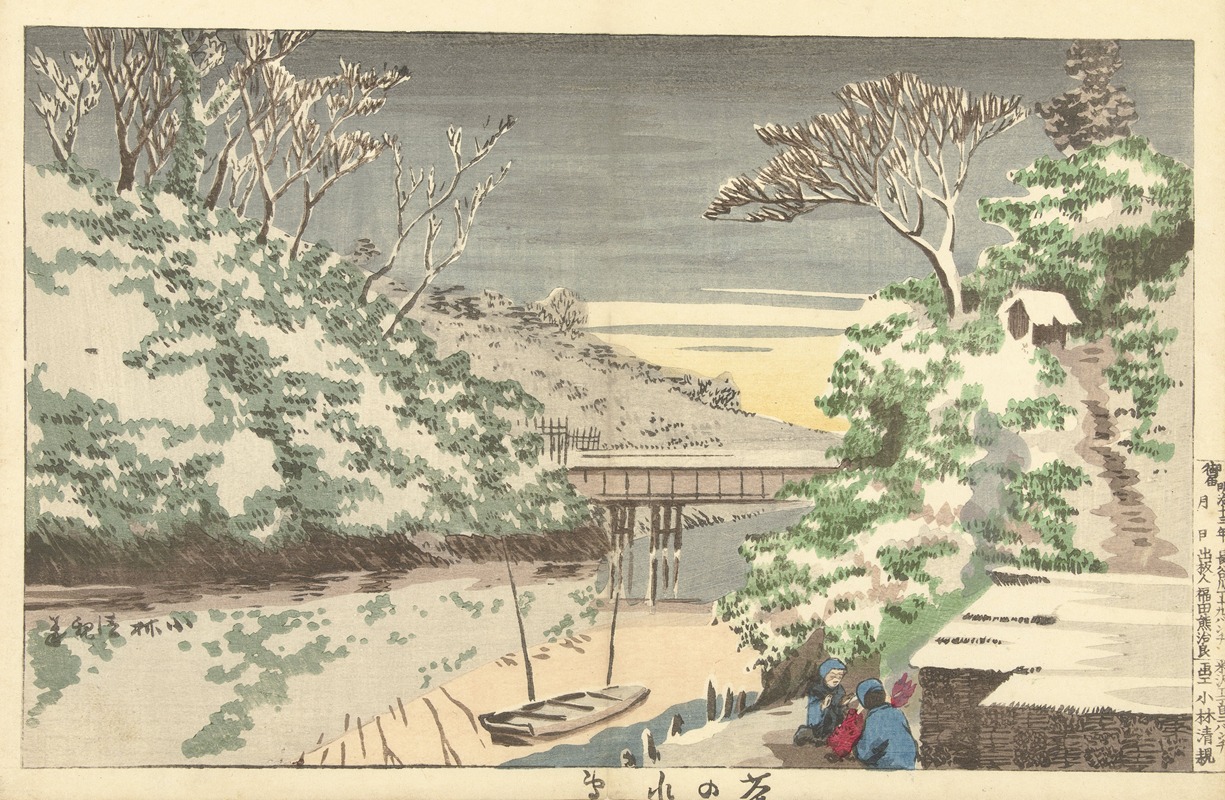
Snow At Ochanomizu
A hand-painted replica of Kobayashi Kiyochika’s masterpiece Snow At Ochanomizu, meticulously crafted by professional artists to capture the true essence of the original. Each piece is created with museum-quality canvas and rare mineral pigments, carefully painted by experienced artists with delicate brushstrokes and rich, layered colors to perfectly recreate the texture of the original artwork. Unlike machine-printed reproductions, this hand-painted version brings the painting to life, infused with the artist’s emotions and skill in every stroke. Whether for personal collection or home decoration, it instantly elevates the artistic atmosphere of any space.
"Snow at Ochanomizu" is a woodblock print by the Japanese artist Kobayashi Kiyochika, created in 1880. Kiyochika, born in 1847 and active until his death in 1915, is renowned for his ukiyo-e prints that capture the rapid modernization of Japan during the Meiji era. His works often blend traditional Japanese aesthetics with Western techniques, reflecting the cultural and technological changes of the period.
"Snow at Ochanomizu" is part of Kiyochika's series of prints that depict various scenes around Tokyo, then known as Edo. The print illustrates a snowy day in the Ochanomizu area, a district in Tokyo known for its educational institutions and scenic views along the Kanda River. The composition of the print is notable for its atmospheric perspective and the delicate rendering of snow, which showcases Kiyochika's skill in capturing the transient beauty of nature.
In this print, Kiyochika employs a muted color palette dominated by shades of white and gray, effectively conveying the cold and serene ambiance of a snowy day. The use of light and shadow in the print demonstrates Kiyochika's mastery of chiaroscuro, a technique he adopted from Western art. This interplay of light and dark adds depth to the scene and highlights the falling snowflakes, creating a sense of movement and tranquility.
The scene features a bridge spanning the Kanda River, with figures crossing it, bundled up against the cold. The riverbanks are lined with traditional Japanese buildings, their rooftops blanketed in snow. The background includes a glimpse of the distant hills, partially obscured by the snowfall, adding to the sense of depth and distance in the composition. The overall effect is a harmonious blend of natural beauty and human activity, characteristic of Kiyochika's work.
Kiyochika's prints, including "Snow at Ochanomizu," are often compared to the works of Western artists such as Whistler and Turner, who also explored the effects of light and atmosphere in their landscapes. However, Kiyochika's prints retain a distinctly Japanese sensibility, rooted in the ukiyo-e tradition while embracing new influences. His ability to capture the essence of a moment, combined with his technical prowess, has earned him a lasting place in the history of Japanese art.
"Snow at Ochanomizu" is a testament to Kiyochika's innovative approach to printmaking and his keen observation of the changing world around him. The print not only serves as a beautiful representation of a specific location and time but also reflects the broader cultural and artistic shifts occurring in Japan during the late 19th century. Today, Kiyochika's works are highly regarded by collectors and scholars alike, and "Snow at Ochanomizu" remains a celebrated example of his artistic legacy.





